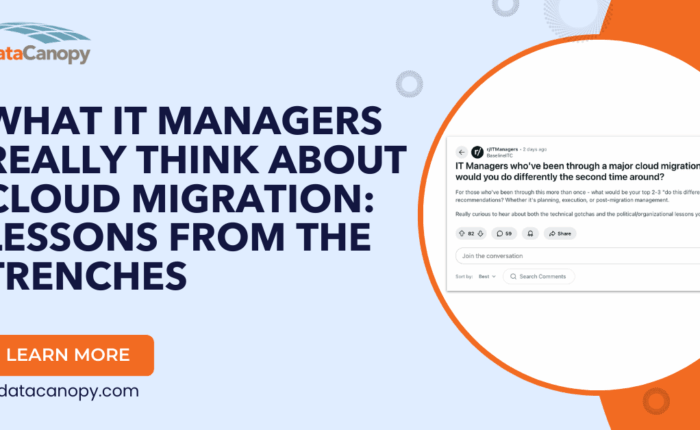 Be prepared. That should also be the motto for every organization looking to virtualize some or all of its IT infrastructure. As your team dives into a cloud deployment – regardless of size – we have developed a few tips that will ensure you’re able to avoid some of the common pitfalls we see organizations face.
Be prepared. That should also be the motto for every organization looking to virtualize some or all of its IT infrastructure. As your team dives into a cloud deployment – regardless of size – we have developed a few tips that will ensure you’re able to avoid some of the common pitfalls we see organizations face.
Develop a Selection Process
In a recent Uptime Institute survey, it was found that more than 70% of companies reported having a process for evaluating colocation and cloud providers that needed improvement at best and was incoherent at worst. What is your selection process for hosting providers? Knowing your requirements is a key aspect of that process as is understanding the true cost of each provider’s quote and SLAs. Weigh more than just the bottom line as you look at providers to understand which is the better fit for your organization.
Plan and Document
No matter where you are in your cloud deployment: stop, plan, and document. It may seem like a no-brainer, but virtualizing without a real plan and without documenting those new servers happens – a lot. Spin up a server here, one over there, another one for this quick task, then that one, and you start to experience server sprawl that isn’t easily reversible if no one has bothered to document what is where or why it’s there. This causes your costs to grow and efficiency and network security to decrease. Take action to develop a virtualization strategy that crosses departments and aligns with business goals. It’s a worthwhile effort that will not only unearth under-utilized resources, but will ensure your virtualization efforts support your business.
Avoid Vendor Lock-In
It may be tempting to put the infrastructure you wish to virtualize in one public cloud. It will help to make management easier, right? While management on some level might be eased by deploying everything on say AWS, that is probably not the best strategy for optimized performance or avoiding outages. Most clouds boast some sort of stellar uptime, but mistakes do happen and when they do, they’ll take everything you have deployed with them. The multi-cloud environment helps you to mitigate your risk and also to take advantage of the strengths of the clouds you are leveraging. AWS might be great for your development environment, but another cloud might be a better fit for more readily accessible cloud storage. It’s not simple – or cheap – to move between clouds once you’ve made a decision, so it’s best to consider carefully which clouds to use and avoid vendor lock-in from the outset.
Mind the Talent Gap
Managing a cloud deployment – particularly a multi-cloud deployment – isn’t easy. Different vendors do things, well, differently. Managing access control, patches, updates, and costs can take up a lot of time and energy. Take stock of the skillsets you have on staff and what skills are still needed to maintain and manage cloud environments while also advancing the needs of the organization. It might be that some training is all that is needed, or you might need to outsource some of the work to keep more highly skilled workers tasked with high value activity post-cloud deployment. Only you will know what your organization needs, but again planning for the shift in resources required will help to make your cloud deployment a success.
These strategies, while not exhaustive, will help you to be more prepared for your cloud deployment and ensure your efforts are successful in bringing about positive change for your organization.



